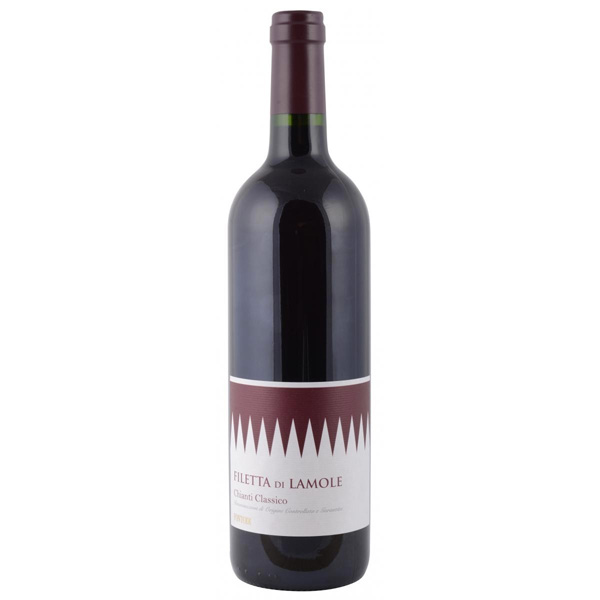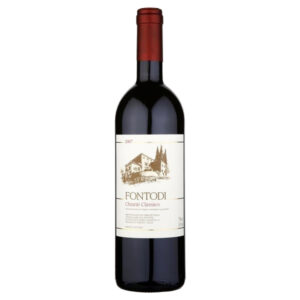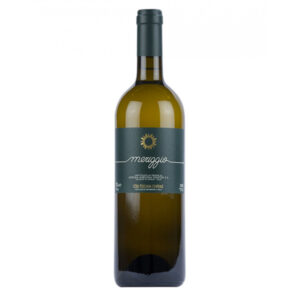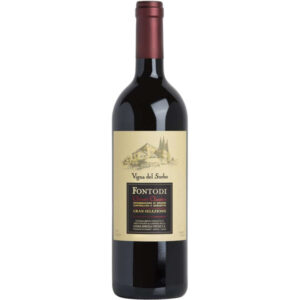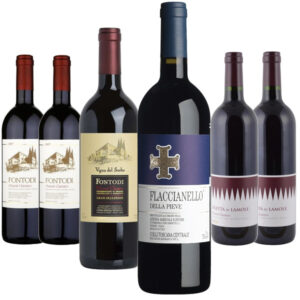Fontodi FILETTA DI LAMOLE FONTODI Chianti Classico 2021
29,50 €
Characteristics
Description
Filetta di Lamole 2021 by Fontodi offers a bouquet rich in fruit, clean and broad. In the mouth it is tight and slim with hints of berries, blackcurrant and black cherry supported by mineral notes of crushed stone and flint. It is light in texture with a fine and elegant closure. Filetta di Lamole shows an indomitable character in the style of di Fontodi. Lamole is a forgotten corner of Chianti, located high above Panzano. Some plots of old Sangiovese grown as saplings survived the decimation of the replantings of the early 1970s. It is from these old vines, planted in the 1920s, that Giovanni Manetti di Fontodi took cuttings to propagate his own clones and replant his Fontodi vineyards. It is partly from these old vines that Fontodi’s quality and intensity derives. Giovanni had long cherished the dream of producing a wine in Lamole, considering it one of the most distinctive areas of Chianti. The village is 620 meters above sea level. The wines come from sandy soils and are fragrant and elegant, the bouquet develops in the cool nights and from the long maturation season at this altitude. Giovanni Manetti convinced his cousin, Lorenzo Socci, to work with him on seven hectares of vineyards on a property called Filetta. Together they restored the vineyard and in 2014 they harvested their first grapes. The wine immediately proved fascinating. Since the wines are lighter, Giovanni decided to age them in large barrels, as opposed to the barriques he uses in Fontodi. Made exclusively with Sangiovese, it has a beautiful color, with a Pinot Noir-like hue both in the glass and on the nose.
The Fontodi farm was purchased by the Manetti family in 1968. Its location – right in the center of the Chianti Classico denomination, with vineyards facing south, soils rich in marl, in the beautiful natural amphitheater that is the Conca d’oro di Panzano in Chianti at about 400 m above sea level – is dominant. The management has been organic for many years now; there is even a small group of Chianine from which the base of the fertilizer is obtained to fertilize the vines. Some old vines from the ’60s and ’70s are still in production, but most have been replaced by high-density vineyards whose plants derive from both mass selection and the best clones that emerged during the Chianti Classico 2000 project. The relatively recent construction of the new cellar is perfectly equipped and works according to the principles of gravity which eliminates the need for pumping. Everything has been thought out and designed to make the best possible wines.
Additional information
| Weight | 1,5 kg |
|---|---|
| Alcohol | 13,5% |
| Denomination | Chianti Classico |
| Formato | 0,75 L |
| Località | Panzano in Chianti |
| Producer | |
| Regione | Toscana |
| Special categories | |
| Chianti classico | |
| Tipologia | Rosso |
| Porciatti label | |
| Vitigni | Sangiovese |

